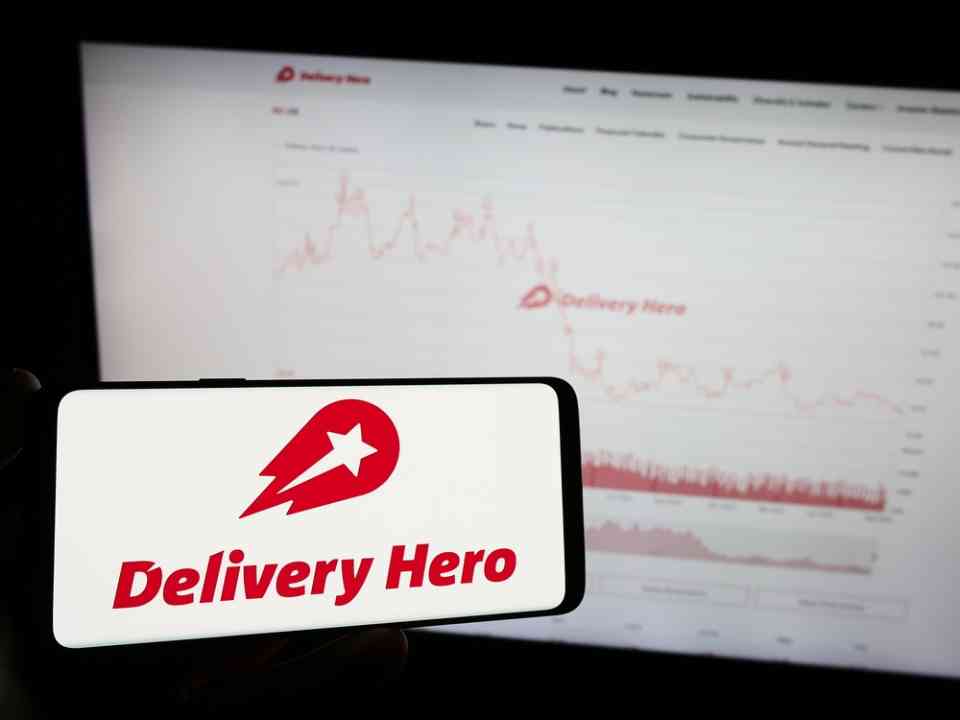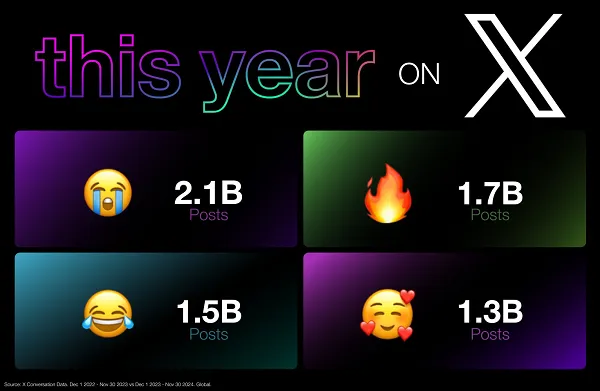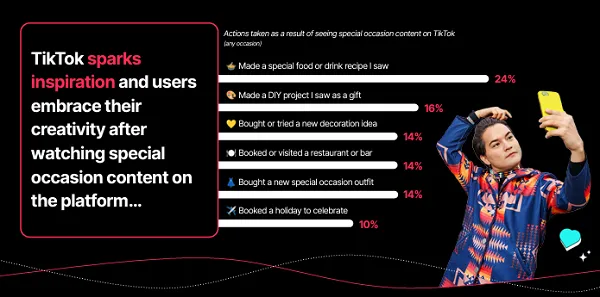It’s been hard not to notice the recent wave of anti-ESG backlash in which commentators, board members and even government officials have railed against the term. Chief executives who read these headlines may logically conclude that the term “ESG” has become toxic and choose to steer clear of getting involved with any related narrative.
But that’s not what a recent JTC survey of advisers, investors, and fund managers shows. Despite the supposed backlash, roughly three-fourths of these respondents incorporate ESG metrics and standards into their investment strategy more than half of the time. Nearly 70% agree that accepting a lower financial return isn’t usually necessary for achieving high social impact. A PwC survey concurs, finding that ESG issues are now among investors’ top five concerns.
But just because the outlook remains broadly positive doesn’t mean that executives don’t have challenges ahead. As our survey shows, it will become increasingly important for CEOs to understand some of the nuances of ESG and how proper positioning can create a strategic advantage for their firms.
Here’s what they should know.
Confusion over what ESG actually entails persists
There are several areas of confusion when it comes to ESG, our survey reveals.
First, most U.S. respondents (65%) believe that ESG is interchangeable with the term “Impact Investing”. That presents an issue for executives looking to communicate around one or both of these initiatives.
Put simply, impact investing refers to investments that align with investor values geared toward outcomes, with a direct connection between the investment and a desired impact. On the other hand, ESG, or Environmental, Social, and Governance criteria, is about mitigating risk through analyses of a company or fund’s policies, processes, and procedures, and complying with current of future regulations. With ESG, the connection to positive outcomes is less clear.
Second, confusion persists around ESG and impact investing reporting – a critical area for CEOs, particularly as claims of “greenwashing” pick up and the increasing importance of such reporting to raising capital and appeasing shareholders. Less than half of our respondents found impact investing reporting to be easy, with top challenges including a lack of defined standards, access to data, and changes to legislation.
The ESG front may be even more challenging. With an estimated 600 ESG reporting standards around the world, a lack of defined standards has long been a problem. On the plus side, our survey found that most respondents are using (or planning to use) 11 key frameworks, the Global Reporting Initiative and Impact Reporting and Investment Standards the most popular among them.
What younger generations want
Importantly for CEOs, our survey found that younger generations are more enthusiastic about ESG and impact investing.
A resounding 76% of Gen Z and Millennial respondents nearly always or always incorporate ESG metrics and standards into their investment strategies, compared with only 26% of Boomers and up (36% of whom rarely incorporate such standards). Gen X respondents fall in the middle, but are much more closely aligned with the younger cohort.
While most believe it isn’t necessary to take a lower return for a positive impact, younger respondents are more open to considering a reduction in financial returns for good impact projects. – but their elders aren’t too resistant. For instance, over 60% of both Gen X and Gen Z + Millennials would be willing to accept up to 10% or to 25% less, compared with 48% of Boomers and up (though 20% of the older cohort would not be willing to accept a lower financial return at all).
The bottom line? The younger the investor, the more they care about ESG and impact investing – and the more they’re willing to sacrifice for a good impact oriented outcome.
Action items
Given the above, CEOs should consider the following when assessing their own ESG and impact investing strategies.
• Communicate the outcomes of your ESG and impact investments, not just the inputs. It’s great to pledge that your organization is, say, going to reduce carbon emissions – but stakeholders will increasingly want to see the actual outcomes of those efforts. For instance, how much have you curbed pollution or provided tangible benefits to your consumers and/or the communities in which you operate?
Translating impact into financial metrics – like Howard W. Buffett’s Impact Rate of Return methodology does – is one way to measure outcomes so that decision-makers can more easily evaluate, compare, and justify ESG and impact. Such a framework removes much of the subjectivity of non-financial metrics and makes impact more akin to recognizable accounting and financial reports.
• Improve data collection. Survey respondents said access to data was the second-most most critical roadblock when it comes to measuring impact, after a lack of defined standards. That makes sense: compiling accurate reporting requires sourcing a great deal of information from different areas of the organization and third-party vendors. It’s no surprise, then, that respondents were relatively split when asked about who is responsible for reporting efforts – and that many use both in-house and outsourced solutions.
Some companies may have a natural “point person” to manage collection of impact data. But for those that don’t, these tasks are frequently handed off to someone with no particular specialty or experience in ESG, and who already has a full-time job doing something else.
• Grasp the nuances. As evinced by the survey findings, CEOs need to understand the nuances between ESG and impact investing, as well as the increasingly particular nature of their stakeholders’ passions and impact preferences.
A common critique of ESG standards, for instance, is that they are too broad and vary too much from one company to another. That’s valid, but it’s a critique of regulation and execution, not the value of what these policies overall are intended to achieve. This is why clarity in messaging is so important to your stakeholders. Clarifying how you define terms like ESG versus impact is therefore critical given the narrative today, and the opportunity exists to seize an advantage for those that are willing to go above and beyond.
The time of simply using the phrase “ESG” to attract investors may be over, but if CEOs are actually creating a positive impact among employees, the local community, and the environment, being able to prove that to investors will set your company apart in a confused marketplace.
The post What People Really Think Of ESG appeared first on ChiefExecutive.net.
























































![What App Features Are People Willing to Pay For? [Infographic] What App Features Are People Willing to Pay For? [Infographic]](https://imgproxy.divecdn.com/mHJQ6ffz2lGDUuF649StZz5xtI56ORDL5z-Cjs9ZUw8/g:ce/rs:fit:770:435/Z3M6Ly9kaXZlc2l0ZS1zdG9yYWdlL2RpdmVpbWFnZS9hcHBzX3RoYXRfcGVvcGxlX3BheV9mb3JfMi5wbmc=.webp)
















